The American airman's portrait of 1940s England that portrays a world that's already disappeared
A chance encounter with a book stall opens the eyes of our columnist Agromenes as he sees England through the eyes of an American airman.
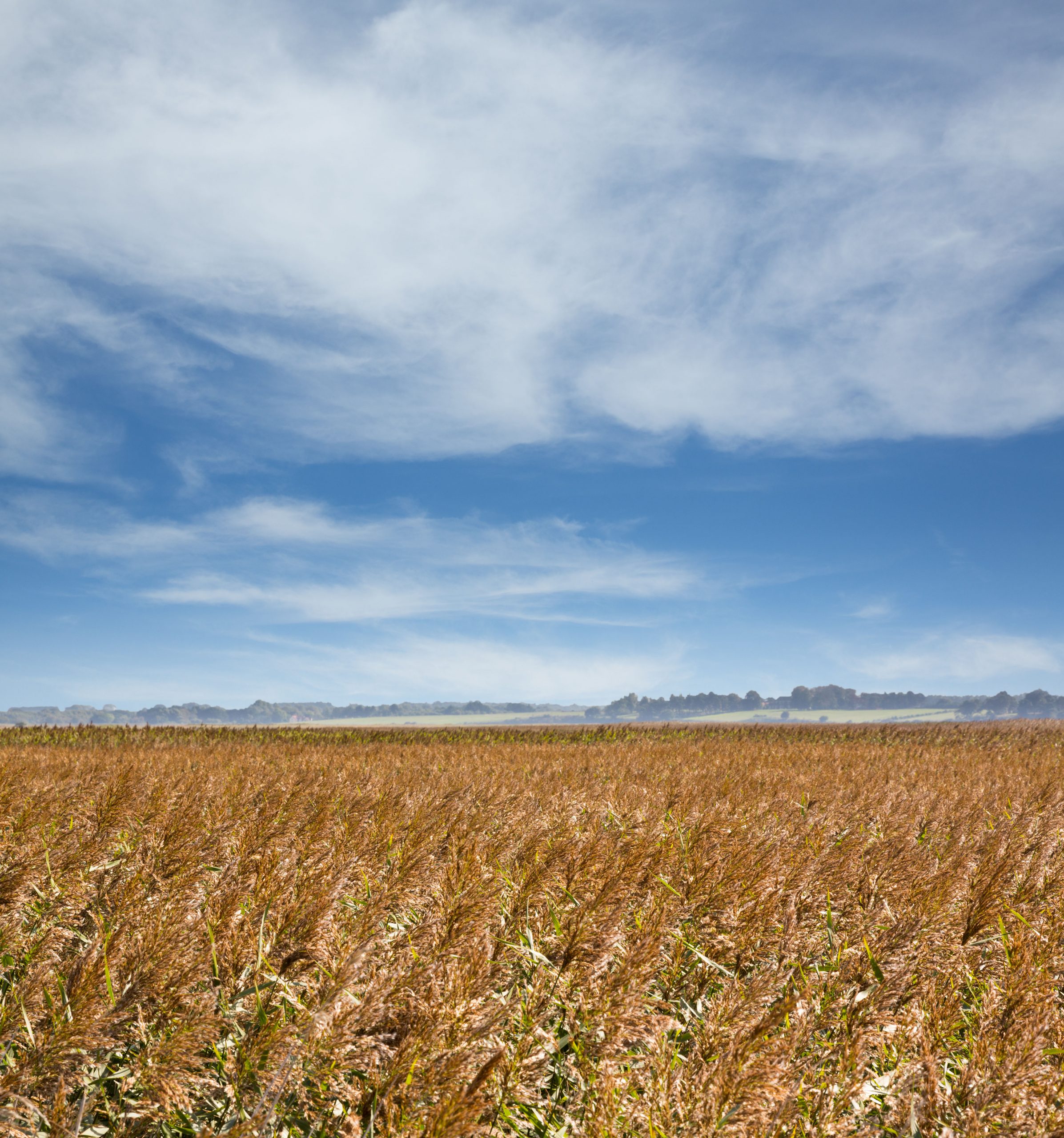

Every year, the local church fête is the cause of domestic tension. It’s simply that Agromenes cannot resist the book stall and, despite earnest entreaties, always returns with yet more books for which there is simply no room on the shelves.
This year was no exception, but all was excused by a special find. Among the as-yet-unread murder stories, a dictionary of conmen and fakes and an introduction to cookery with garlic and olives, there was a slim volume, published in 1948, that shone a light on the condition of the countryside today in a quite remarkable way. Suffolk Summer was written by a young American airman, John Tate Appleby, who had come to Europe for the first time and found himself stationed in East Anglia. There, he fell in love with the English countryside and described it with an unusually perceptive eye.
He starts with the weather: ‘England has a moist climate, but the rainfall is not by American standards excessive. What makes the rainfall particularly effective is the fact that it is fairly uniformly distributed throughout the year, so that England does not have the hot, dry, withering summers that we have at home.’
Well, 2022 put paid to that idea. ‘Hot, dry, and withering’ is a pretty exact description of what we will increasingly come to regard as normal. In three quarters of a century the climate that Appleby described has wholly changed. What was once expected and valued has gone forever.
He continues: ‘Most of the rainfall is of a gentle nature, rather than the exuberant cloudbursts and torrential downpours that one suffers in America.’ What better picture of the pattern of rain to which we have grown used over the past decade? Instead of the refreshing showers of the 1940s, we now have precisely those sudden and intense storms Appleby thought wholly alien to the England he had begun to love.
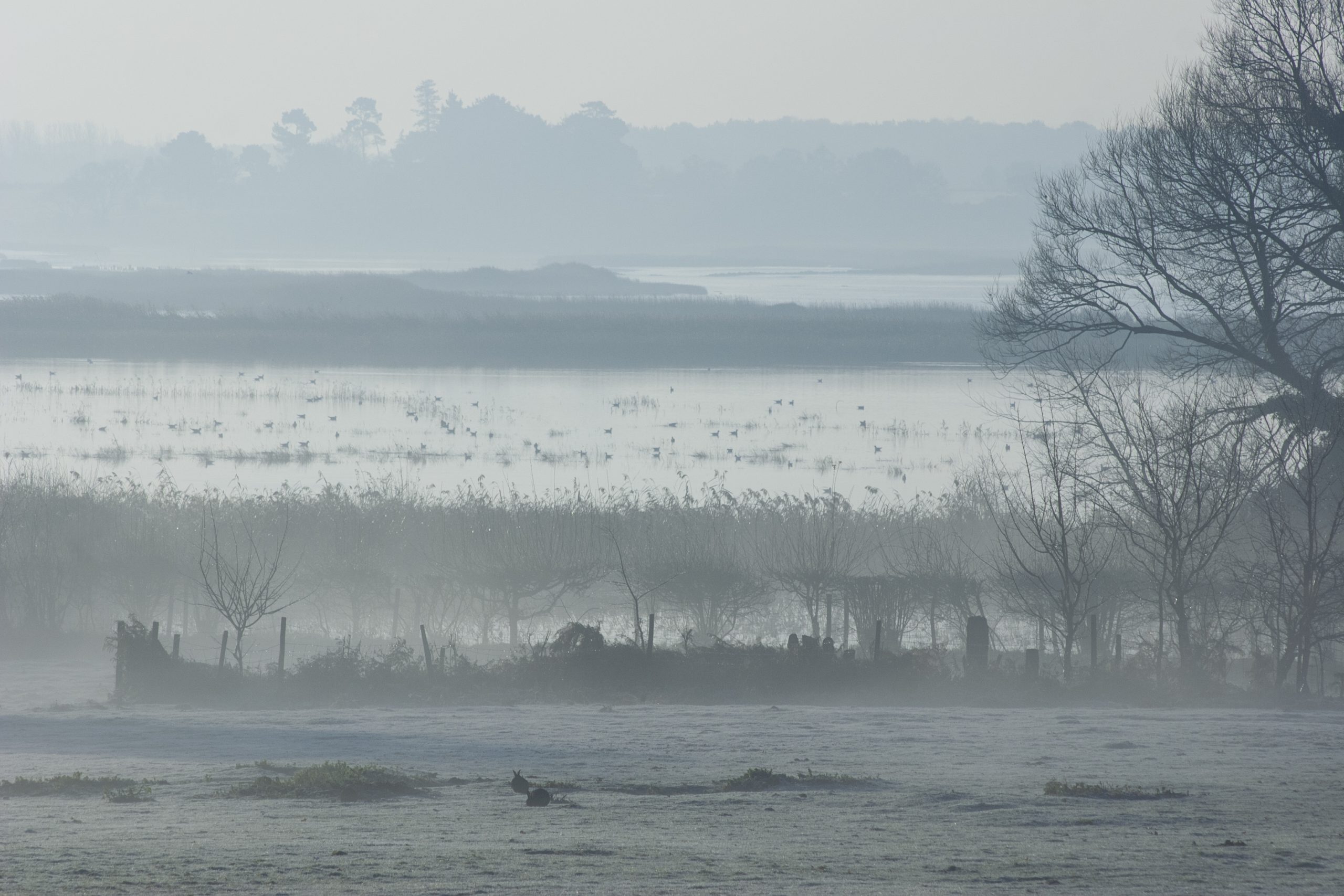
Indeed, back then, he rejoiced that, ‘being of a gentle nature, the rain is almost wholly absorbed as it falls’. He had no inkling of the compacted soil and hard-baked ground and the increasingly torrential rainfall that now makes flooding in England so much more general. He never realised that in just a few generations we would expect drought and floods as regular occurrences almost every year.
Sadly, there is more truth to be revealed. Appleby is caught up by the beauty of the English countryside and he wants to explain what is particular and special about it. He lights upon our hedges and describes the historic process of enclosure and the aesthetic pleasure hedgerows offer. However, he doesn’t leave it there; he turns to more practical matters: ‘The hedgerow… provides a windbreak, protecting the fields from the high winds that can do much damage both to the crops and to the soil — it is a check to soil erosion.’ And so it is, and was then — but now, when so many of those hedges have been torn out for government grants, more and more topsoil is lost every year and the erosion that damaged so much of the American Middle West is now a real problem in England, particularly in the East Anglia where he was stationed.
Sign up for the Country Life Newsletter
Exquisite houses, the beauty of Nature, and how to get the most from your life, straight to your inbox.
The English countryside that captured Appleby’s imagination has been drastically damaged and the climate that he so enjoyed has been fundamentally changed. Yet his vision of the land that he grew to love should inspire us to protect what remains and fight to recover what is lost of ‘the English landscape that is a setting to be lived in; as a work of man it is pre-eminently a lovely and suitable background for man’. That is the environment that Man made and now threatens.
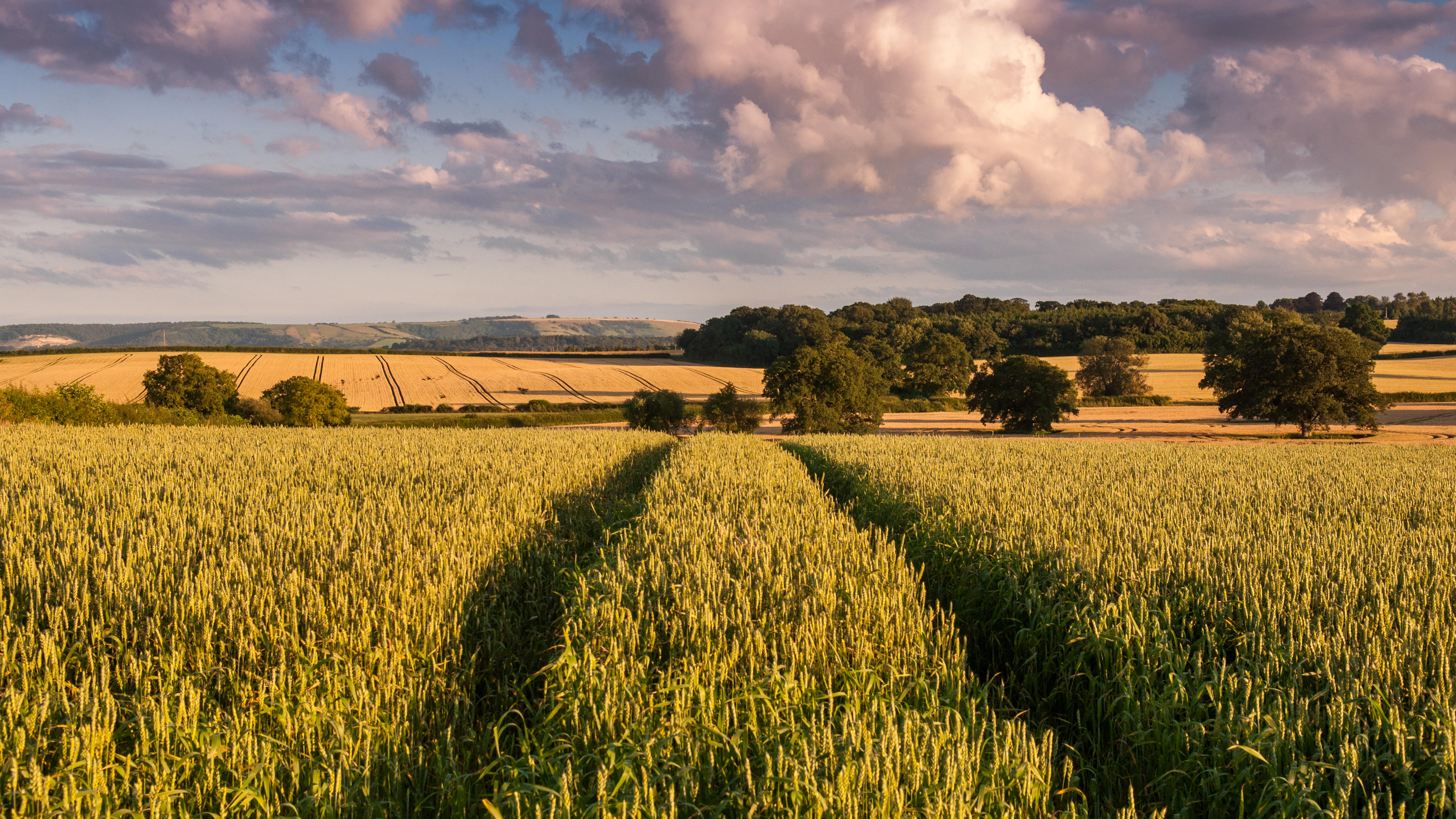
Credit: Alamy Stock Photo
Agromenes: The terrible warnings which must make us take food self-sufficiency seriously again
Country Life's agriculture columnist Agromenes on why we need to learn the lessons of the tragic events of the last
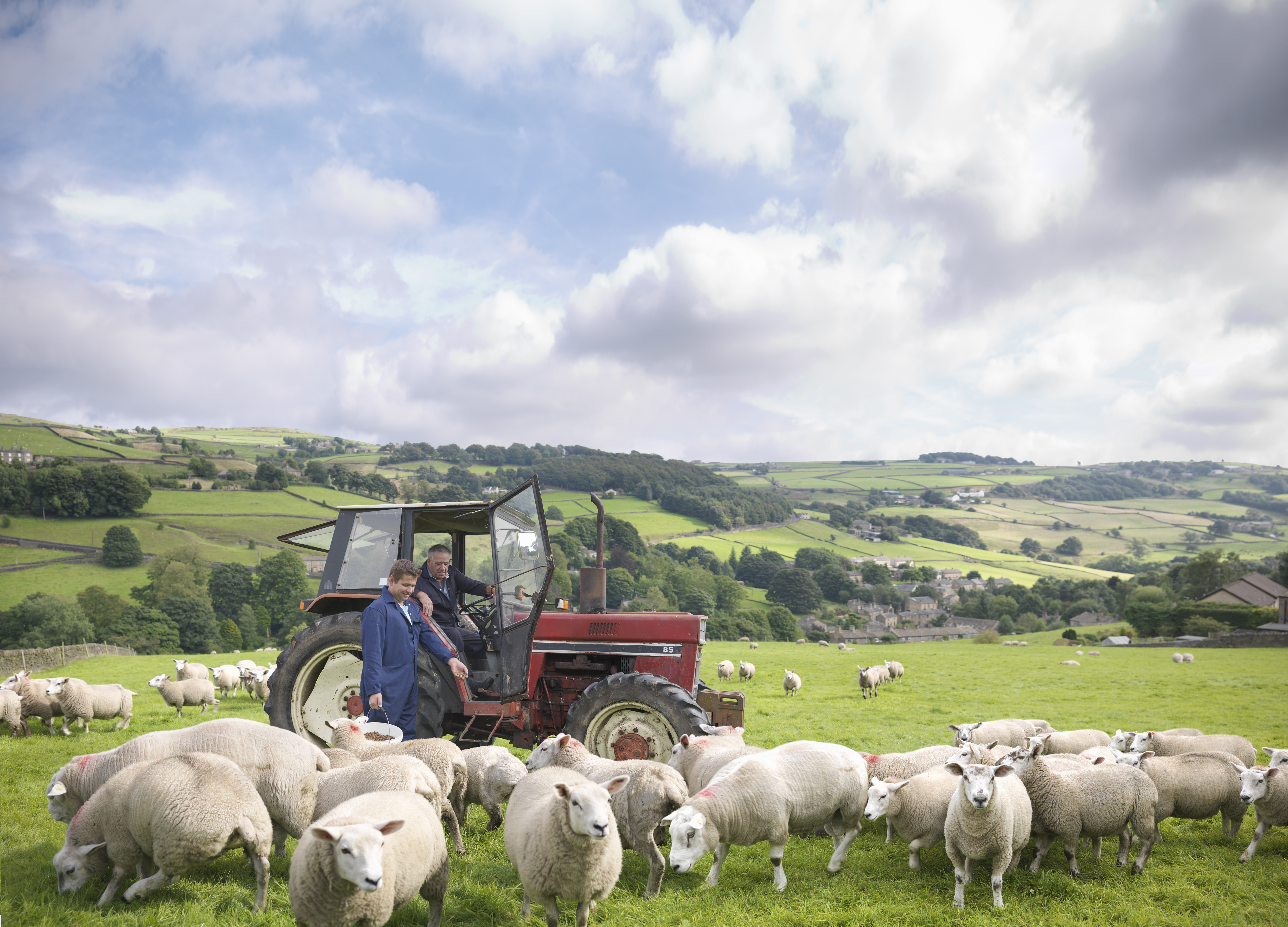
Credit: Getty Images/Cultura RF
Agromenes: 'Why does a Conservative Government think it’s wrong for the market to drive change? '
Country Life's columnist Agromenes ponders why the Government isn't doing more to encourage a market-based drive towards regenerative farming.
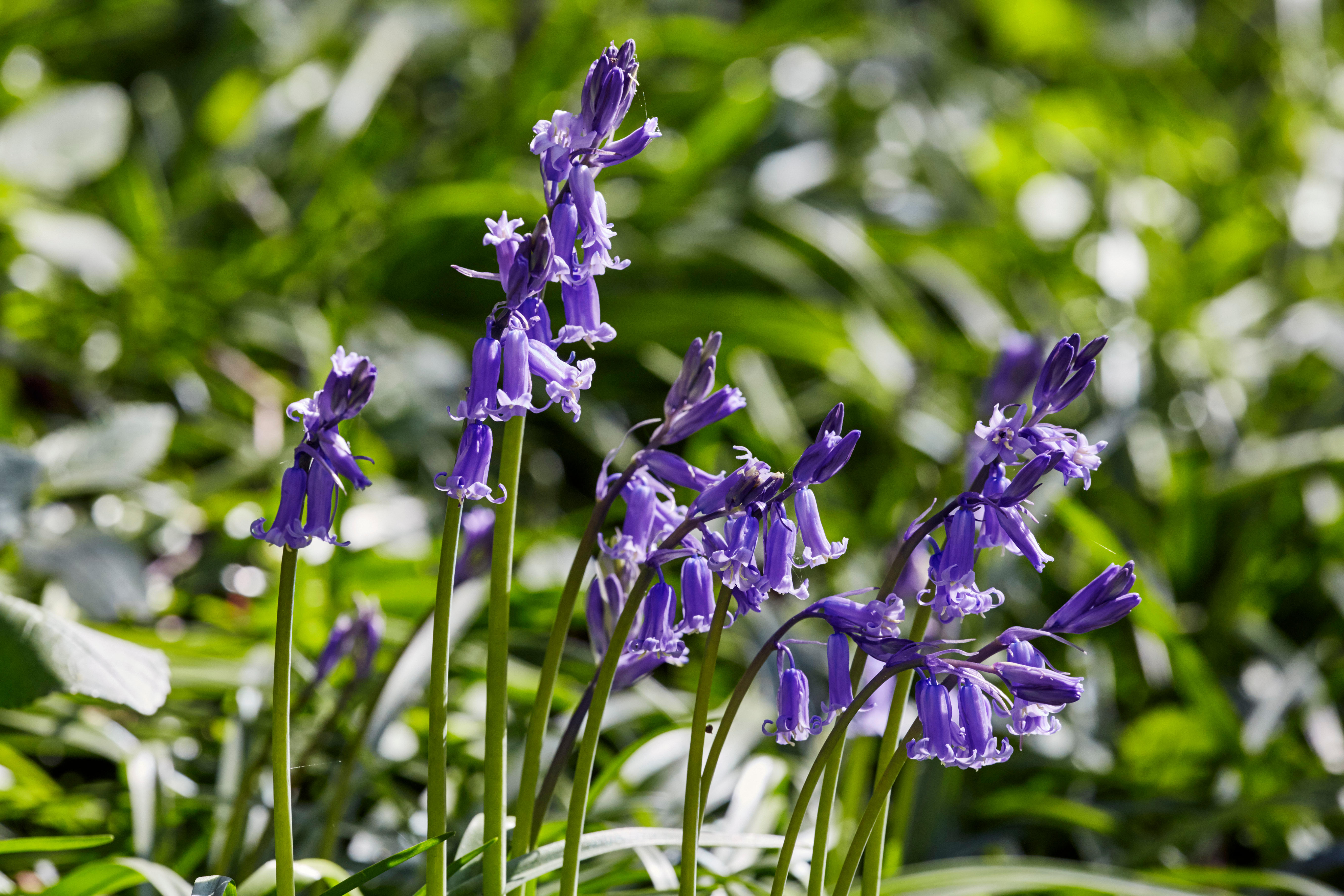
'Throughout history, it’s spring that has given humanity the fortitude to survive'
The beauty of spring in Britain makes the lockdown infinitely more bearable as many make the most of their time
Country Life is unlike any other magazine: the only glossy weekly on the newsstand and the only magazine that has been guest-edited by HRH The King not once, but twice. It is a celebration of modern rural life and all its diverse joys and pleasures — that was first published in Queen Victoria's Diamond Jubilee year. Our eclectic mixture of witty and informative content — from the most up-to-date property news and commentary and a coveted glimpse inside some of the UK's best houses and gardens, to gardening, the arts and interior design, written by experts in their field — still cannot be found in print or online, anywhere else.
-
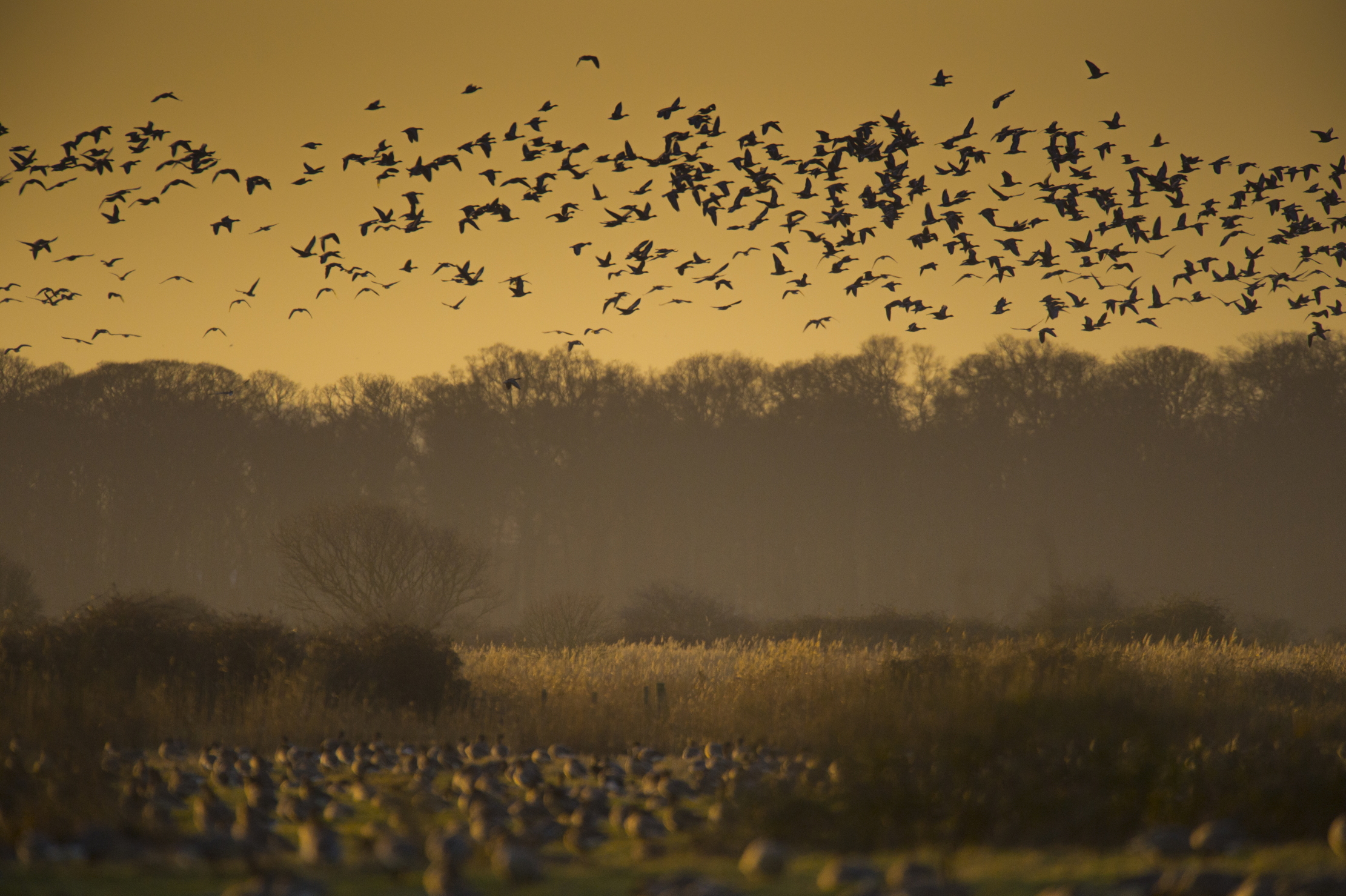 How an app can make you fall in love with nature, with Melissa Harrison
How an app can make you fall in love with nature, with Melissa HarrisonThe novelist, children's author and nature writer Melissa Harrison joins the podcast to talk about her love of the natural world and her new app, Encounter.
By James Fisher
-
 'There is nothing like it on this side of Arcadia': Hampshire's Grange Festival is making radical changes ahead of the 2025 country-house opera season
'There is nothing like it on this side of Arcadia': Hampshire's Grange Festival is making radical changes ahead of the 2025 country-house opera seasonBy Annunciata Elwes
-
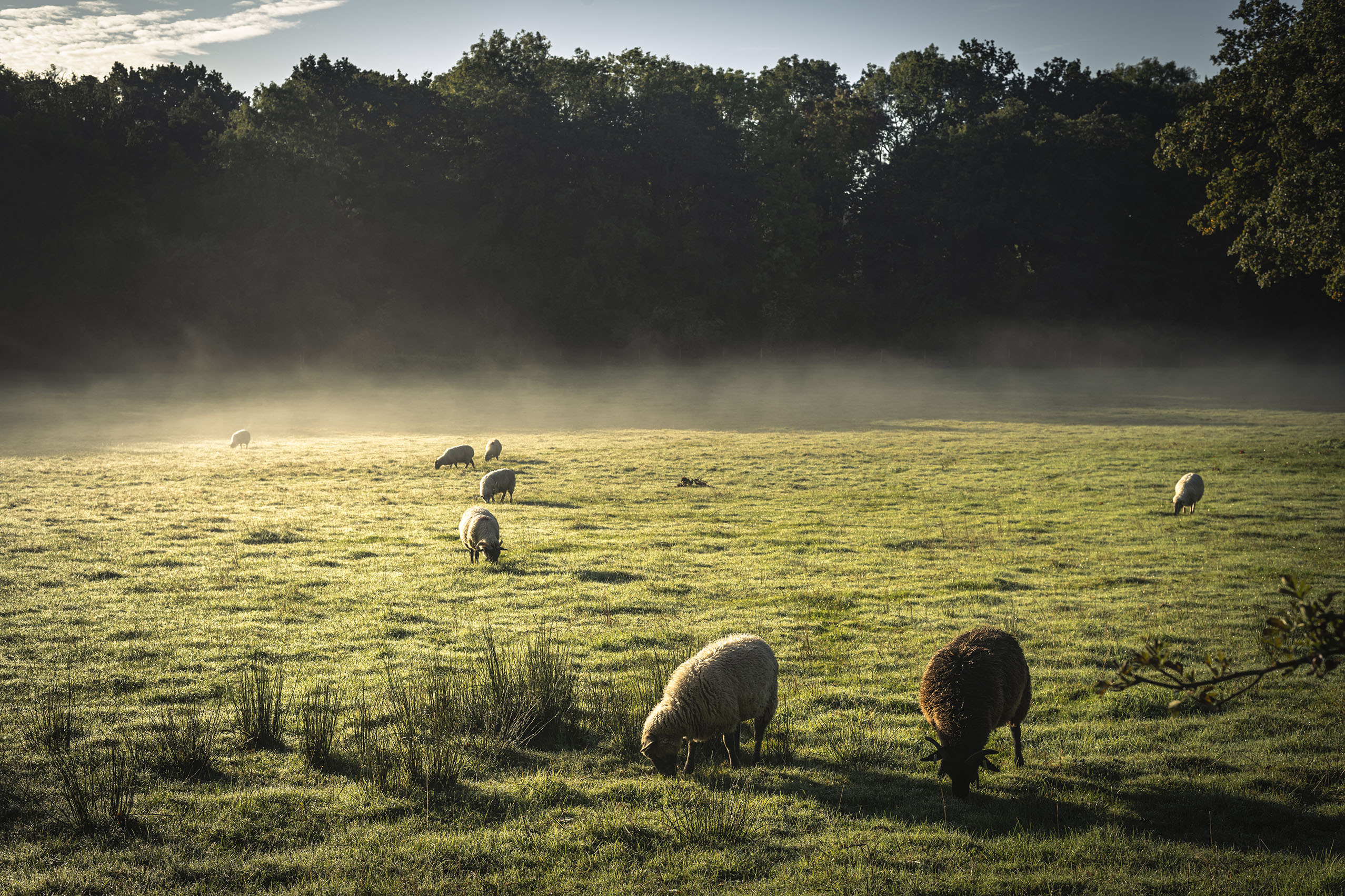 The Wisdom of Sheep, by Rosamund Young: An exclusive extract for Country Life
The Wisdom of Sheep, by Rosamund Young: An exclusive extract for Country LifeRosamund Young, best-selling author of 'The Secret Life of Cows', has a new book out book called 'The Wisdom of Sheep & Other Animals'. We have an exclusive extract for Country Life readers.
By Rosamund Young
-
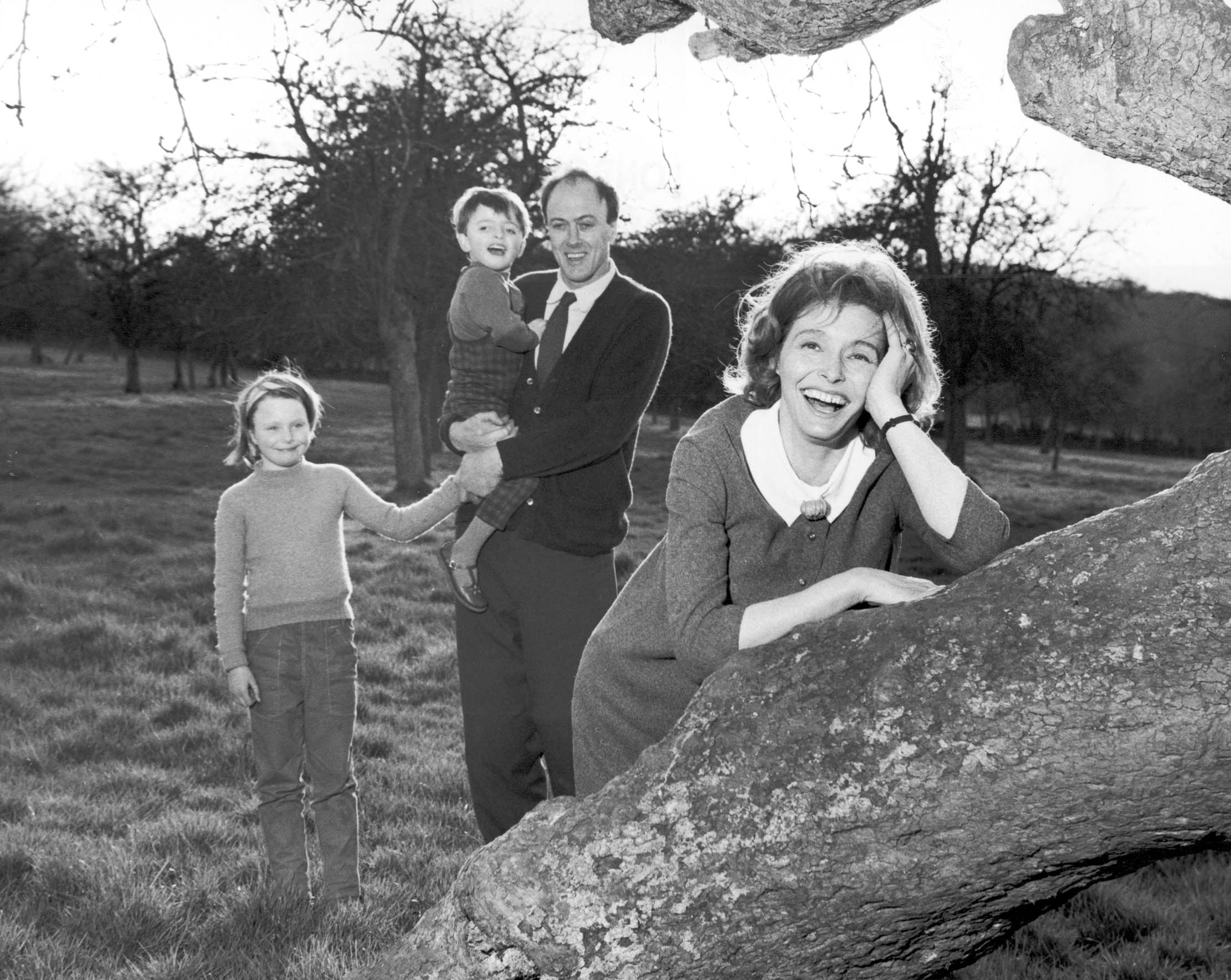 In Focus: How Roald Dahl's love of the countryside shaped his life's work
In Focus: How Roald Dahl's love of the countryside shaped his life's workThe countryside filled the Matilda author Roald Dahl with joy and proved a constant source of inspiration, as Matthew Dennison reveals in a new biography of the prolific storyteller.
By Matthew Dennison
-
 Ruth Manning-Sanders: 'She was certain that it was every child’s birthright to visit a world of enchantment and occasional terrors'
Ruth Manning-Sanders: 'She was certain that it was every child’s birthright to visit a world of enchantment and occasional terrors'Nursery favourite Ruth Manning-Sanders believed it was every child’s birthright to enter a world of enchantment and occasional terrors, where good always triumphs over evil, discovers Matthew Dennison.
By Matthew Dennison
-
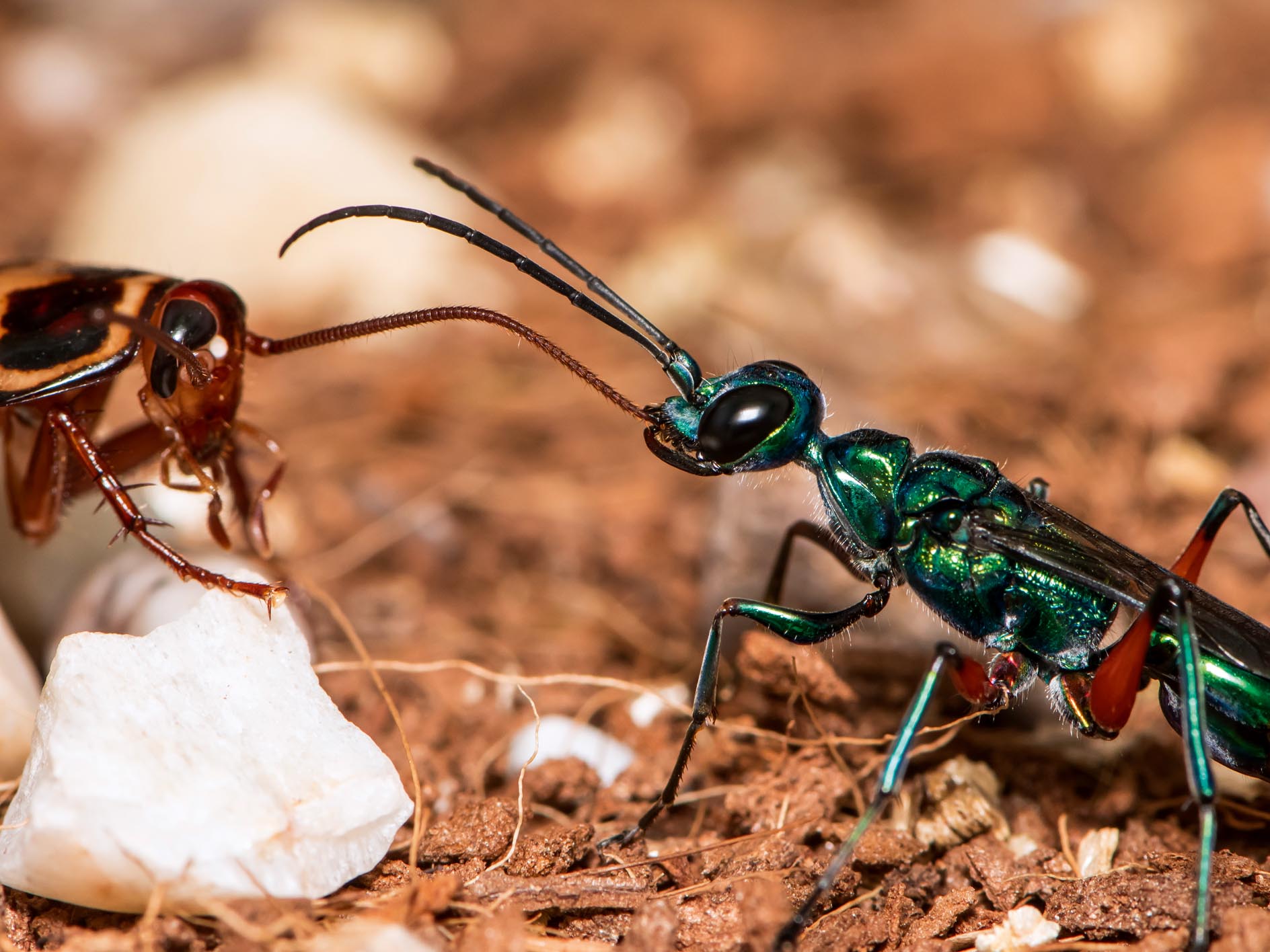 Curious Questions: Should you get rid of wasps?
Curious Questions: Should you get rid of wasps?Yes, they're a pain at your summer barbecue, but wasps are also voracious predators of other insects — and some of Nature’s most important pest controllers. Seirian Sumner, author of ‘Endless Forms: The Secret World of Wasps’, explains a few of the reasons that you might want to hold off calling the pest controller — and, indeed, why you it might be time to start providing wasp nesting houses in your garden, alongside that designer bee hotel.
By Country Life
-
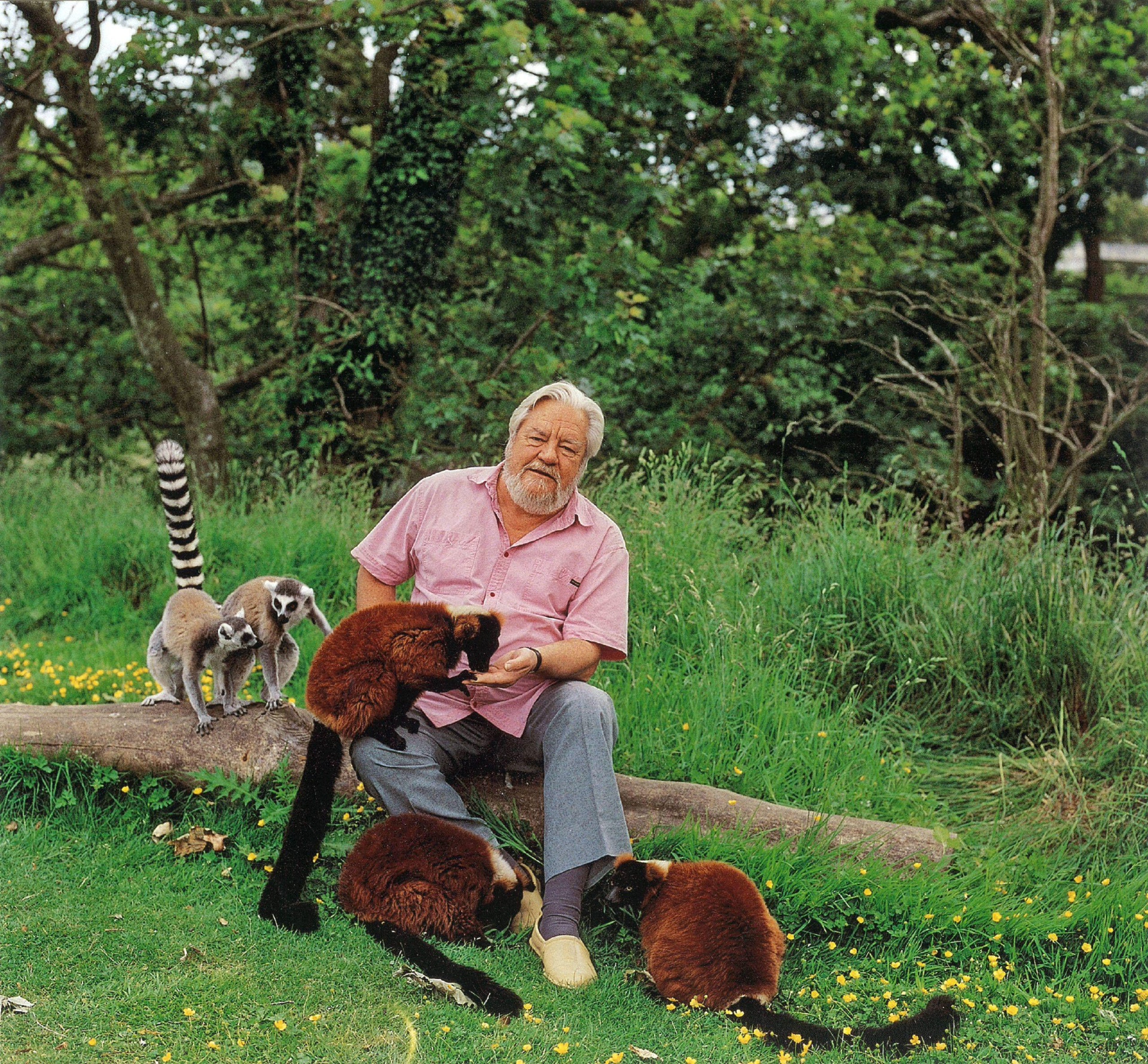 In Focus: Gerald Durrell, the 'pioneer with a marvellous sense of humour'
In Focus: Gerald Durrell, the 'pioneer with a marvellous sense of humour'The author, conservationist and avid nature-lover describes his childhood in Corfu with the 'recollections of a child in a kind of earthy paradise,' in his book, My Family and Other Animals, finds Jack Watkins.
By Jack Watkins
-
 Charlie Mackesy on The Boy, the Mole, the Fox and the Horse: 'It's humbling... The reaction was beyond anything I ever imagined'
Charlie Mackesy on The Boy, the Mole, the Fox and the Horse: 'It's humbling... The reaction was beyond anything I ever imagined'Charlie Mackesy is the author and illustrator of The Boy, the Mole, the Fox and the Horse, the bestselling — and hugely poignant — book that celebrates kindness and understanding. He spoke to Katy Birchall about why there’s no shame in showing weakness and asking for help.
By Katy Birchall
-
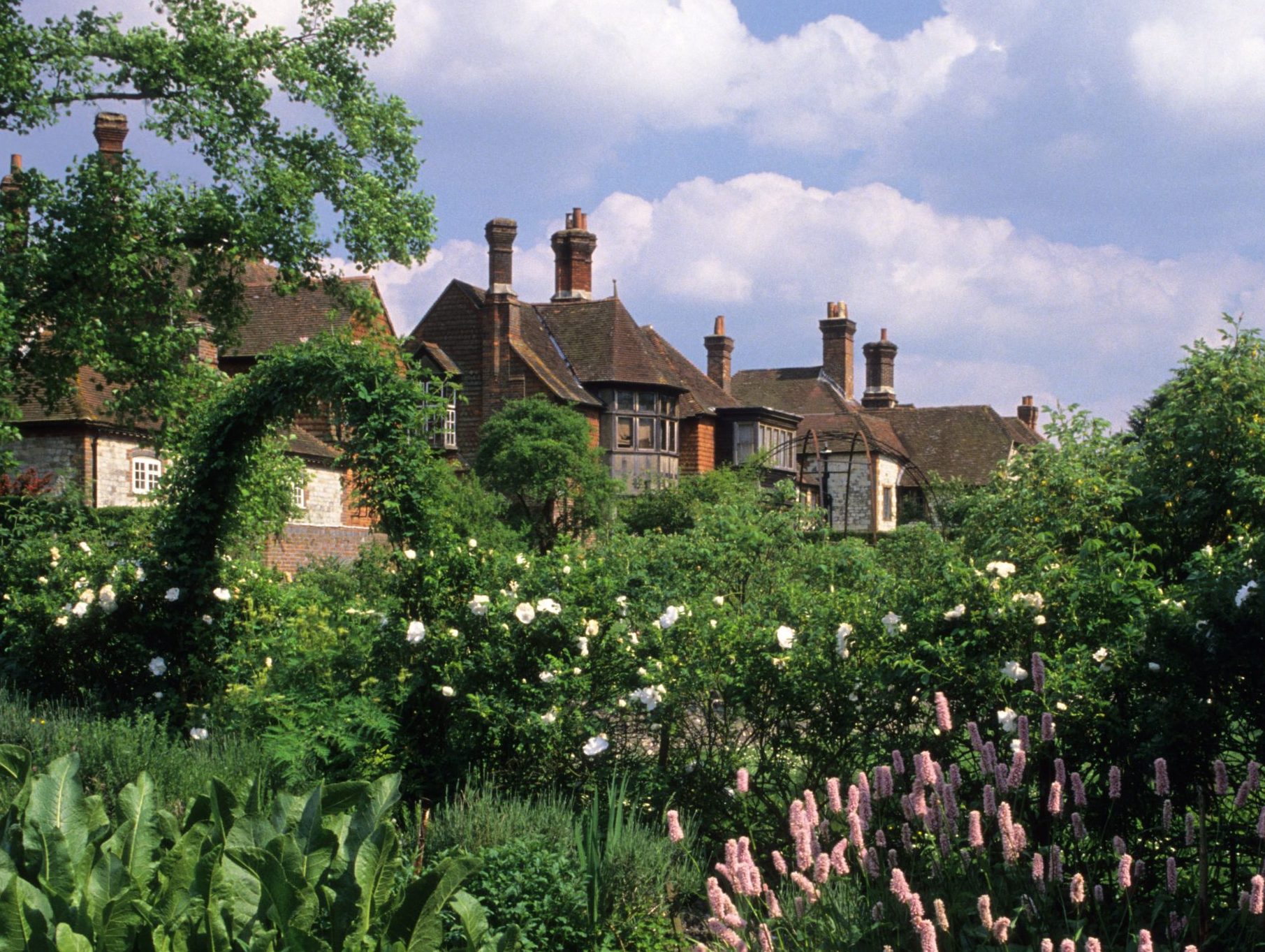 Gilbert White: The naturalist whose poetic but precise words changed how we see the world
Gilbert White: The naturalist whose poetic but precise words changed how we see the worldThe writings of churchman and naturalist Gilbert White are as beautifully exquisite as they are scientifically precise. 300 years from his birth and John Lewis-Stempel
By Toby Keel
-
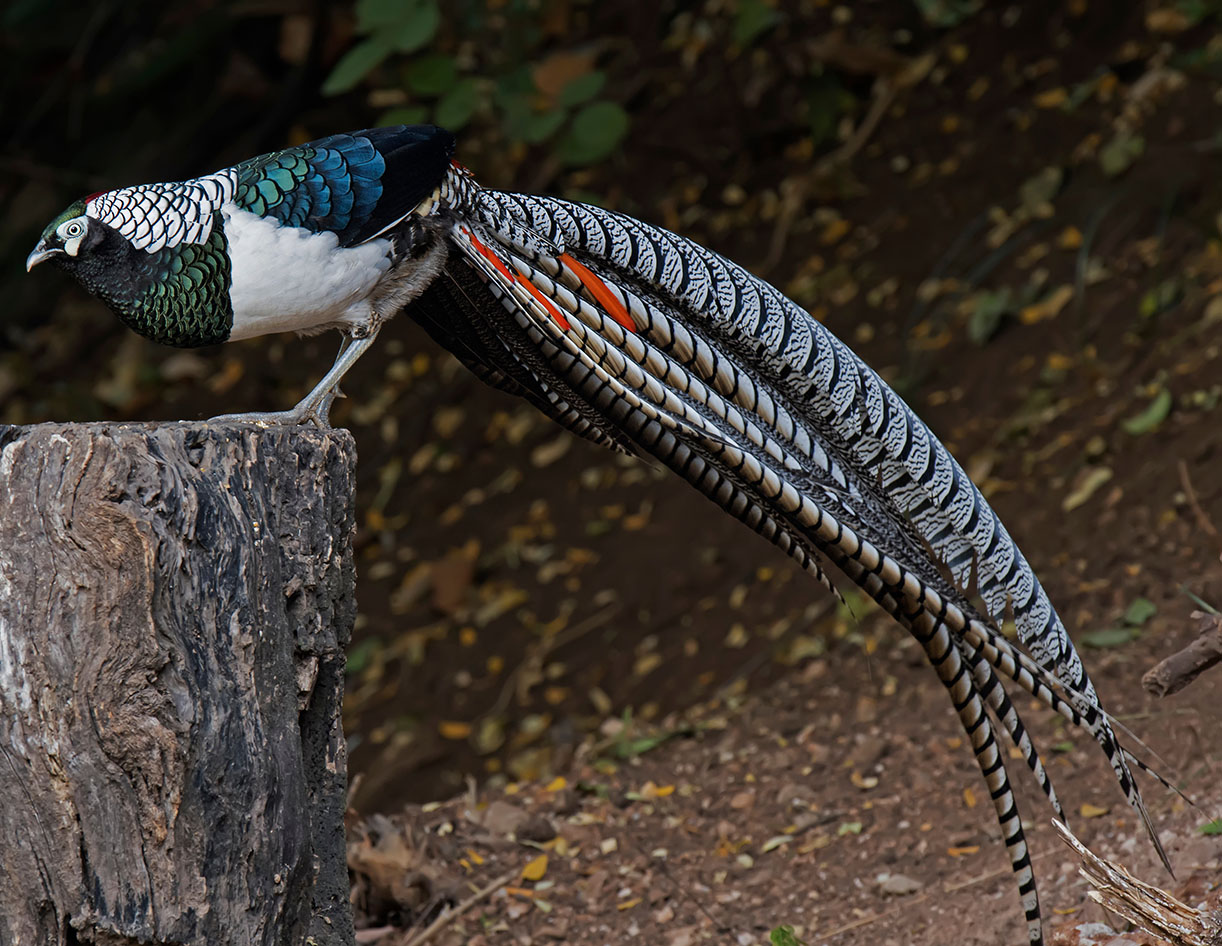 A celebration of pheasants, 'some of the most beautiful birds in the world'
A celebration of pheasants, 'some of the most beautiful birds in the world'We tend to think of pheasants as a relatively ordinary sight, but they're among the world's most beautiful birds — and they're being celebrated in a handsome new book.
By James Fisher